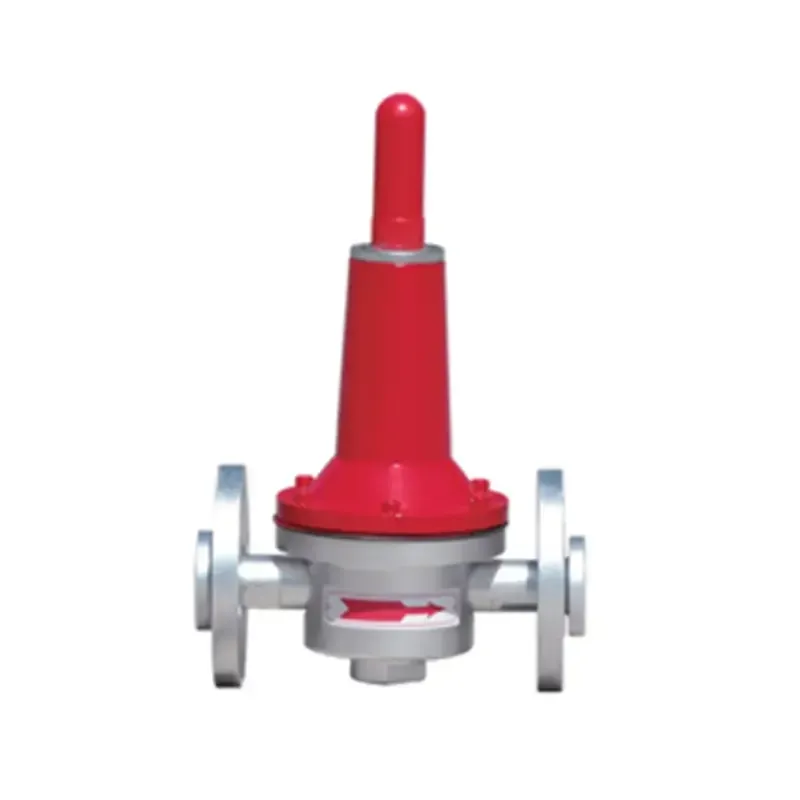
Dec . 24, 2024 03:17
Back to list
Exploring the Benefits and Uses of Liquefied Petroleum Gas in Everyday Life
Understanding Liquefied Petroleum Gas (LPG) Its Importance and Applications
Liquefied Petroleum Gas (LPG) is a versatile and efficient energy source comprised primarily of propane and butane. This fossil fuel, which has been used in various forms since the early 20th century, plays an increasingly significant role in the global energy landscape. Its applications span a wide range of sectors, including residential heating, cooking, transportation, and industrial processes. As the world shifts towards more sustainable and cleaner energy sources, understanding LPG’s features, benefits, and challenges is essential.
One of the defining characteristics of LPG is its ability to be stored as a liquid under pressure, making it easy to transport and store. When released from the pressurized container, it transforms back into gas, allowing for efficient energy use. This unique property makes LPG an attractive alternative to other fossil fuels, especially in areas where natural gas infrastructure is lacking. It can be supplied in various forms, including bulk deliveries, tanks, and portable cylinders, allowing flexibility and convenience for users.
.
Beyond residential use, LPG has gained popularity in the transportation sector. Autogas is a term commonly used to refer to LPG as a vehicle fuel, particularly in regions with stringent emissions regulations. Vehicles fueled by LPG typically emit fewer pollutants, including nitrogen oxides and particulate matter, compared to those powered by gasoline or diesel. As cities grapple with air quality issues and seek ways to reduce greenhouse gas emissions, the use of LPG in transportation is expected to grow.
غاز البترول المسال

Industrially, LPG is utilized in various applications, ranging from heating and powering machinery to serving as a feedstock for chemical processes. It can be used in manufacturing processes for producing plastics, chemicals, and even in the food industry for food processing and drying processes. The versatility of LPG makes it a valuable component in diverse industrial operations, contributing to efficiency and cost savings.
However, despite its many advantages, LPG is not without challenges. Safety concerns regarding leaks and flammability persist, necessitating stringent regulations and safety measures during storage, transportation, and use. Users must be educated about safe handling practices to mitigate the risks associated with this highly flammable substance. Furthermore, while LPG is a cleaner-burning fossil fuel, it is still a hydrocarbon and contributes to greenhouse gas emissions, raising questions about its long-term sustainability in the face of climate change.
The future of LPG appears to be intertwined with the broader energy transition taking place worldwide. As nations work to diversify their energy portfolios and adopt cleaner alternatives, LPG can play a bridging role. It can help facilitate the transition from heavier fossil fuels to renewable energy sources, providing a cleaner option during this crucial period of energy transformation.
In conclusion, Liquefied Petroleum Gas (LPG) offers numerous benefits across various sectors, contributing to heating, cooking, transportation, and industrial processes. Its versatility and efficiency make it a valuable energy source, particularly in areas lacking infrastructure for natural gas. However, addressing safety concerns and environmental impacts remains crucial as the world navigates the complexities of energy production and consumption. As we look to the future, LPG may serve as a transitional fuel, helping societies move toward a more sustainable and cleaner energy landscape.
Latest news
-
Safety Valve Spring-Loaded Design Overpressure ProtectionNewsJul.25,2025
-
Precision Voltage Regulator AC5 Accuracy Grade PerformanceNewsJul.25,2025
-
Natural Gas Pressure Regulating Skid Industrial Pipeline ApplicationsNewsJul.25,2025
-
Natural Gas Filter Stainless Steel Mesh Element DesignNewsJul.25,2025
-
Gas Pressure Regulator Valve Direct-Acting Spring-Loaded DesignNewsJul.25,2025
-
Decompression Equipment Multi-Stage Heat Exchange System DesignNewsJul.25,2025

